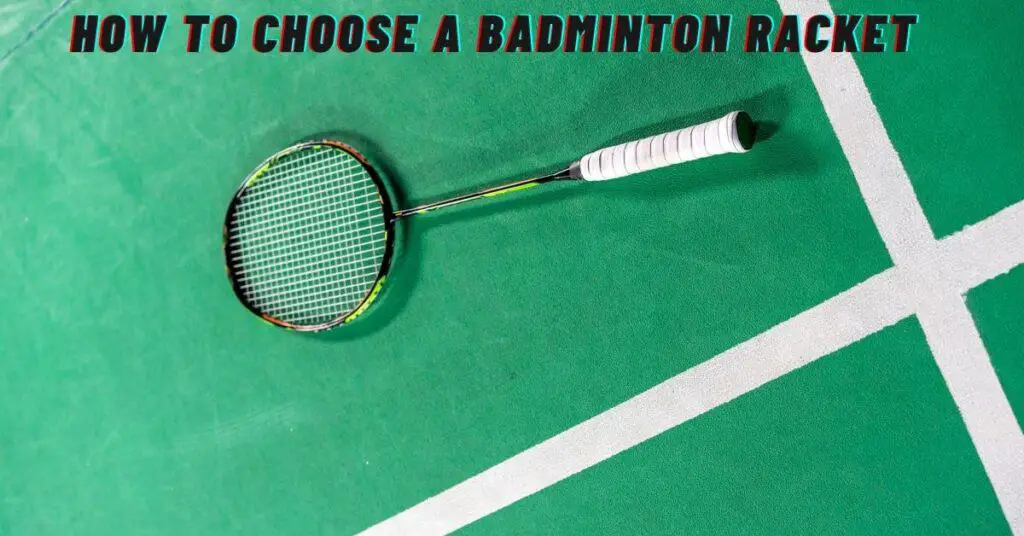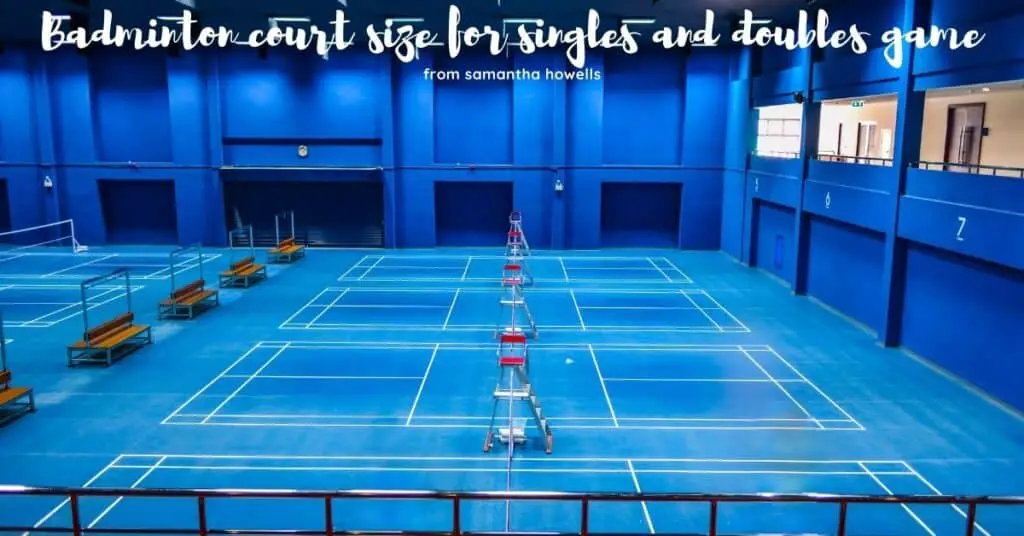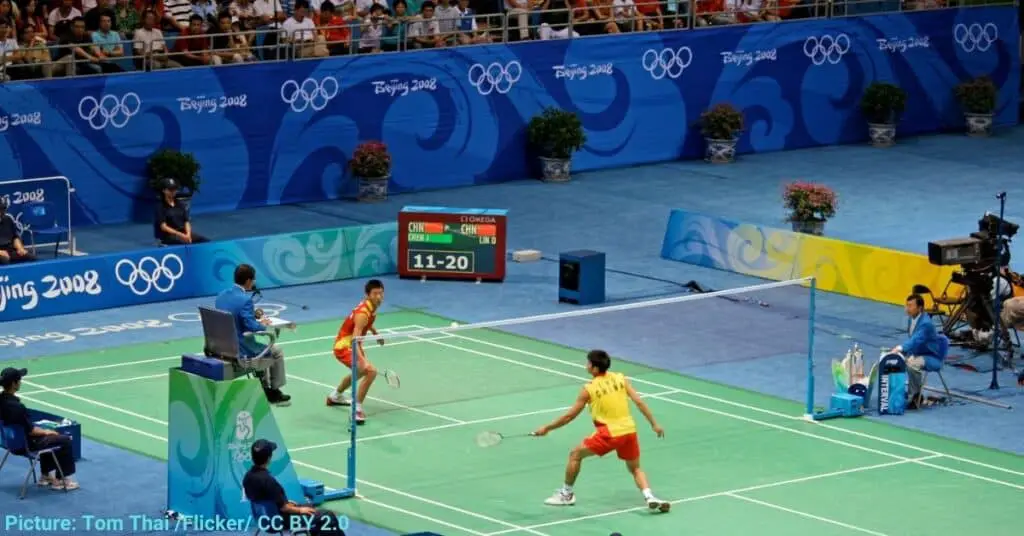The selection of a badminton racket is not a very difficult task. But you have to keep in mind your playing style while choosing a badminton racket. Every player has his own playing style and he should choose the badminton racket matching with his playing style.
Factors to Choose a Badminton Racket
Now let’s come to the factors that influence the selection of your badminton racket.
- Weight of a Racket
- Balance Point of a Racket
- The flexibility of the Shaft
- String Tension
- Racket Composition
- The shape of the Head
- Grip Size
Weight of a Racket
A badminton racket is segmented into six groups according to the weight ranges. The number “U” denotes the weight of a badminton racket.
| F | 5U | 4U | 3U | 2U | U |
| 70 – 74.9 gm | 75 – 79.9 gm | 80 – 84.9 gm | 85 – 89.9 gm | 90 – 94.9 gm | 95 – 99.9 gm |
As the above figure shows, as the number ”U” increases, the weight of the racket decreases. A racket with a higher weight gives more stability to your shots. This type of racket is suitable for the singles player, whereas a doubles player needs a lighter racket like a 4U racket for the quick reaction that helps him play close to the net.
Beginners should always use lighter rackets. A racket that weighs between 85 to 89 grams (3U) is ideal to control their shots which helps build techniques in the early stages.
Balance Point of a Racket
The balance point indicated where the weight of a badminton racket is shifted. The weight may be shifted to the head part or it may be the rest of the parts other than the head. Based on these criteria, a badminton racket is of three types.
- Head-Heavy Balance
- Head-Light Balance
- Even Balance
To check the balance point, place your finger below the front part of the shaft and check the tilting nature of the racket.
Head-Heavy Balance
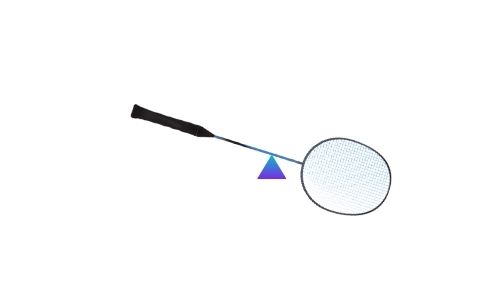
In a Head-Heavy balance, there is more mass in the head than the rest part of the racket. This type of racket is for more power on the shots. It is suitable to play behind the court, especially in longer rallies.
Head-Light Balance
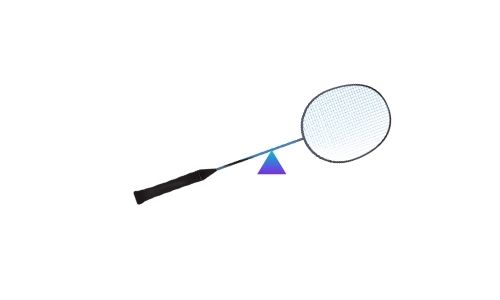
It is just the opposite of Head-Heavy balance. In Head-Light balance, the head is lighter than the rest part of the racket. It is easy to maneuver with this type of racket. This type of racket has less reaction time which is suitable for quick shots and smashes. Doubles players prefer this racket for the easy swing to play from the front of the court.
Even Balance
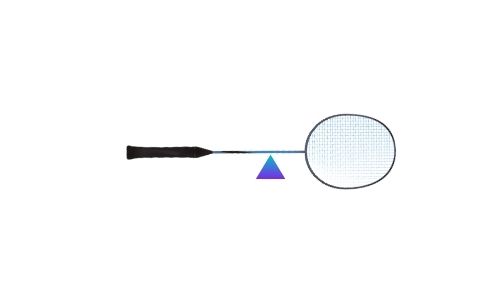
This falls between Head-Heavy and Head-Light balance. This type of racket is suitable for beginners as they have yet to develop any playing style. Once they know their playing style, they can switch over to Head-Heavy or Head-Light balance.
The Flexibility of the Shaft
The selection of a badminton racket is highly dependent on the flexibility of the shaft. A stiffer shaft is meant for power and control. If you have a quicker arm speed, you should favor the stiff shaft. For beginners, a flexible shaft is more suitable whereas advanced players prefer a stiff shaft. And if you are in doubt regarding how much flexibility you need, choose a medium-stiff badminton racket.
String Tension
At the time of choosing your badminton racket, you should consider the string tension. A lower string tension means a larger sweet spot which gives more power to the shots. On the other hand, a racket with high string tension has more control but less power. A racket with a string tension of 18-20 lbs is good for beginners. The advanced players would go for higher string tension like 24-27 lbs.
Racket Composition
Steel, Aluminum, and Graphite are generally used as a material for a badminton racket.
A racket made from steel is quite heavy and strong-built. But these rackets are not flexible and also not comfortable to use.
Aluminum rackets are also strong-built. They are lighter than the steel rackets but heavier than the graphite rackets. They offer more flexibility than steel rackets but less than graphite rackets.
In terms of quality, the graphite racket is the best among the three but it also has a higher price tag than the other two. Graphite rackets are light in weight, flexible, and easy to use.
The Shape of the Head
There are two types of shapes of the head of a racket. One is the isometric head shape and the other one is the oval head shape.
The isometric head shape has a larger sweet spot than the oval shape. The sweet spot is the area in the string bed where you will get the maximum power. So the isometric head has a bigger area for smashes and hits. This allows the players to hit the shuttlecock with more consistency.
Grip Size
The size of the grip is also an important consideration for choosing a badminton racket. For a higher grip size, your arm will be more involved, whereas a smaller grip is for quick wrist action. If you are unsure about your grip size, go for the smaller grip where there is always a provision to increase your grip size by using an overgrip.
The Chart below represents the grip size for Yonex and Victor rackets
| Grip Size | Size in Inches |
| G1 | 4″ |
| G2 | 3.75″ |
| G3 | 3.5″ |
| G4 | 3.25″ |
| G5 | 3″ |
| G6 | 2.75″ |

